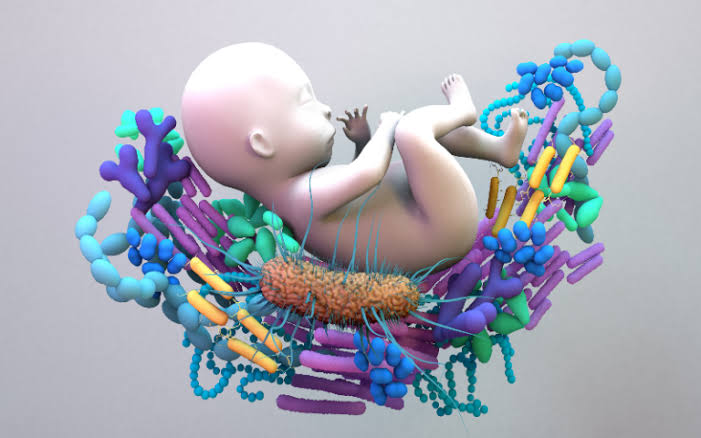
You’ve hit on a very important and growing area of research in pediatric health! The statement “Benign stomach bacteria protect children from infections” is supported by a significant amount of scientific evidence. Here’s a breakdown of how and why this happens:
The Gut Microbiome and Immune System Development
A “Training Ground” for the Immune System: The human gut is home to trillions of microorganisms, collectively known as the gut microbiome. From the moment a baby is born, their gut starts to be colonized by bacteria, and this process is crucial for the development of their immune system. The “benign” or “good” bacteria essentially act as a training ground, teaching the immune system to recognize and tolerate harmless microbes while being ready to attack harmful pathogens.
Preventing Over-Inflammatory Responses: A diverse and healthy microbiome helps create a balanced immune system, preventing an overactive or inappropriate inflammatory response that could lead to conditions like allergies and other immune disorders.
Mechanisms of Protection
The gut microbiome protects children from infections through several key mechanisms:
Direct Competition with Pathogens: Beneficial gut bacteria compete with harmful, disease-causing bacteria for space and nutrients. By occupying the available space on the gut lining and consuming the resources, they make it difficult for pathogens to colonize and thrive. Some beneficial bacteria even produce antimicrobial compounds that directly inhibit the growth of harmful bacteria.
Immune Modulation: The gut microbiome actively communicates with the immune system. Beneficial bacteria can stimulate the production of certain immune cells and molecules that enhance the body’s ability to fight off infections. This “immune training” is particularly important in children whose immune systems are still developing.
Evidence of Protection
Lower Respiratory Infections: A recent study found that babies with a specific mix of gut bacteria at one week old were less likely to be hospitalized for viral lower respiratory tract infections (vLRTI) in the first two years of life. This suggests a link between a healthy early gut microbiome and protection against respiratory viruses
Gastrointestinal Infections: A balanced gut microbiome helps prevent gastrointestinal infections like diarrhea caused by bacteria such as Salmonella and E. coli. The beneficial bacteria outcompete these pathogens for resources and attachment sites, reducing the risk of illness.
Factors that Influence a Child’s Gut Microbiome
The composition of a child’s gut microbiome is influenced by various factors, including:
Mode of Delivery: Babies born vaginally tend to acquire a different set of bacteria from their mothers compared to those born via C-section.
Diet: Breastfeeding is known to have a significant positive effect on the infant microbiome, as breast milk contains prebiotics and beneficial bacteria that promote a healthy gut.
Antibiotic Use: Antibiotics, while often necessary, can disrupt the balance of the gut microbiome by killing both harmful and beneficial bacteria. This disruption, known as dysbiosis, can make a child more susceptible to infections.
In summary, the relationship between benign stomach bacteria and a child’s health is profound. The gut microbiome is not just a passive passenger; it is an active partner in immune system development and a crucial line of defense against a wide range of infections







